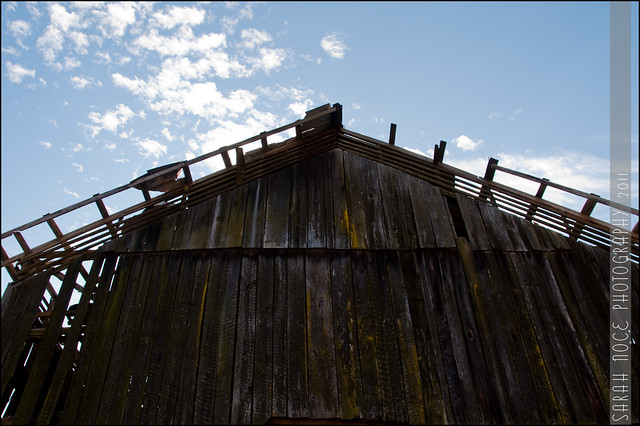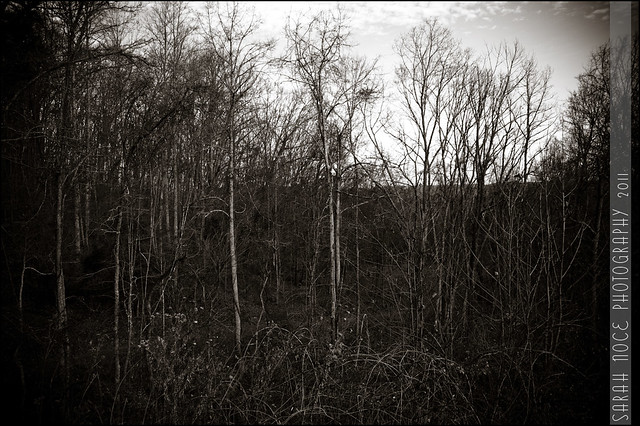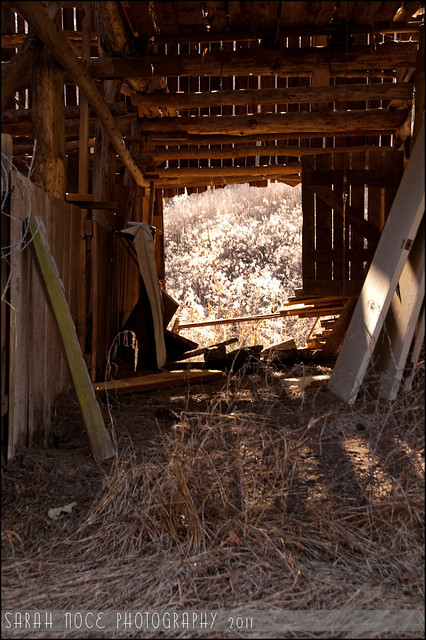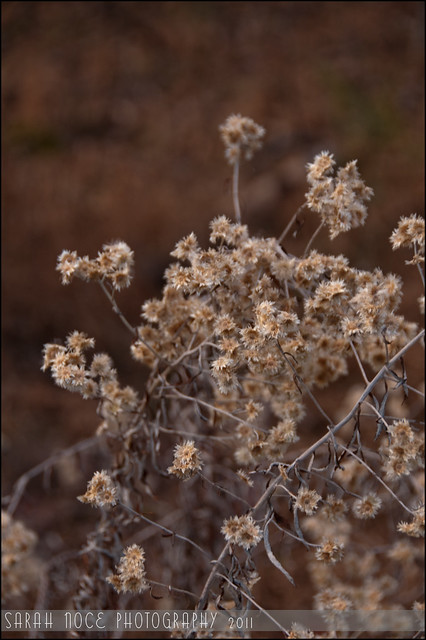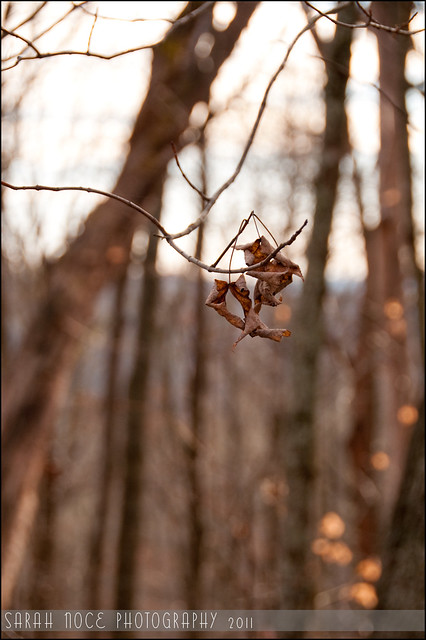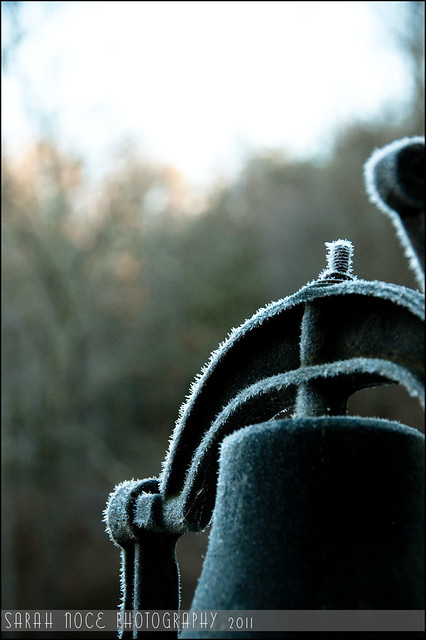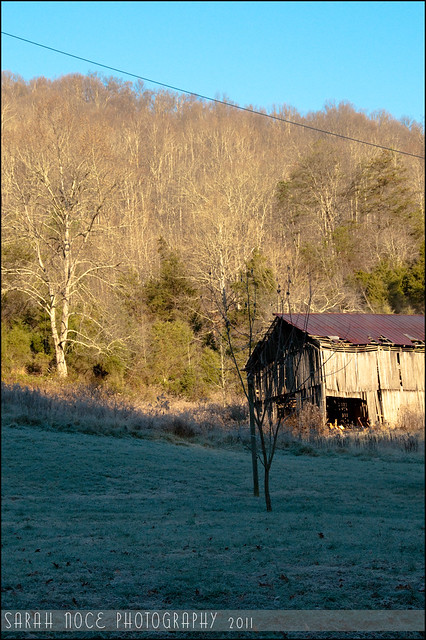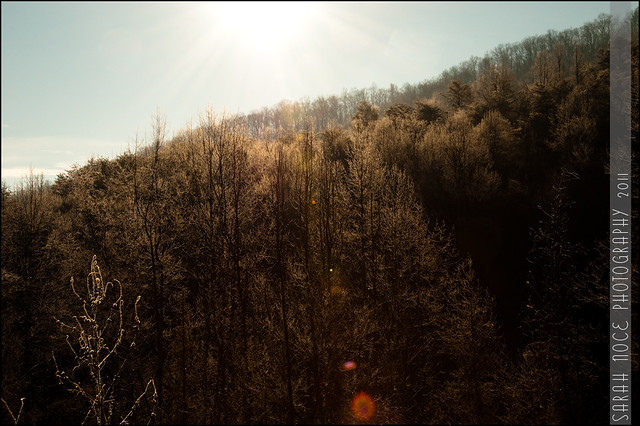[ warning, I blab a lot in this post ]
When relocating, people usually decide what amenities they can't live without and narrow their search to find their ideal location. Common requests include highly rated schools, a low crime rate, diverse shopping options, reasonable utility expenses, efficient transportation and communications options, and a decent entertainment scene (whatever that may entail). Although they may balk, all these amenities come at a price, usually in the form of higher property and/or income taxes as well as more bureaucracy, and most people grudgingly accept such trade-offs as necessary. Such a bucket list usually means that economically depressed areas get crossed off the list right away because poor areas usually have more drug use, a lower high school graduation rate, ineffective or nonexistent social services, a stagnant business climate (leading to few jobs), and perhaps community eyesores/trashiness that are not acceptable in certain minds. People that are relatively well off can't envision themselves downgrading their standards and people less fortunate are usually looking to improve upon what they see as a lower standard of living if at all possible.
Our relocation needs differed vastly from the majority of folks:
1) Our number one requirement was to be in the mountains and live in a scenic setting surrounded by nature and abundant natural resources. We had to have fertile soil, a plentiful water source, and lots of solar gain (aka, a predominantly south-facing parcel). We wanted a large chunk of acreage, with privacy being paramount, thus allowing us freedom to focus on whatever homesteading projects we dream up while encountering as little bureaucracy as possible.
2) Kids are not in our future, so good schools were irrelevant (although some may argue that good schools still benefit the child-free in the form of less crime, a better educated workforce, etc).
3) While I do like to shop, I don't mind driving an hour or two to get there (adventure!), and homesteading will inherently mean doing much less food shopping, and most other shopping can be done online (therefore, we did need to be able to have UPS find us).
4) We rarely patronize traditional entertainment venues, such as bars, movie theaters, bowling alleys, and so forth, although we do like to find honest restaurants and I love me a classic festival with vendors and carnival food (fortunately, southern Appalachia has many!). I'll take a scenic mountain backdrop, clear flowing river, or flowering meadow any day over cultivated entertainment.
5) We were prepared to trade off common conveniences, such as indoor laundry, automatic dishwashing, and supermarket prepared foods, for independence in the form of hand-washed and line-dried clothes, good conversation while washing and drying dishes, and growing, hunting, and preserving food that comes from our own land. One convenience that was still essential to us, however, was decent communications, and although we don't have a land line for DSL or cable internet at the holler, we plan to use our cell phones as hot spots for our internet connection (we haven't had much luck finding a device that boosts our signal enough, but we haven't given up hope yet).
6) Utilities had to be inexpensive, and we wanted to be able to explore alternative energy and waste options, such as composting toilets, solar capture, and rainwater catchment.
7) While no one wants to live in a high crime area, petty crime is a lot different than violent crime, and we understood that petty crimes, such as thievery and drug use, generally accompany poor areas as a result of desperation. We were really not concerned with being able to defend our homestead if the need ever arose. And being a good neighbor goes a long way in rural areas since people are more likely to keep an eye out for you when you treat them with respect.
8) Plentiful and decent paying jobs are usually the biggest concern for most folks. In our case, we are intentionally slowing down, simplifying, and embracing frugality in exchange for independence from the financially-fueled world. Expenses are still very real, but our goal is to diversify our income stream using our current skills, decrease our spending substantially (not having kids makes that a lot easier), and attempt to live off our land as much as possible. Jay and I feel pretty confident that we will be able to keep food on the table, a roof over our melons, and maybe have a little fun money to spare. Only time will tell how successful we are, but this is not something new, and many people have successfully transitioned from full-time employment and high-expense households to voluntary simplicity.
 |
| Inserting a picture here to keep your attention in case you're bored outta your mind with my ramblings. |
Hancock County is the poorest county in Tennessee and the 27th poorest county by median income in the United States (as of 2010). In order to be able to try out each income-producing pursuit that we've tossed around and find the one(s) that work best, we've decided to start saving now and hope to have enough of a nest egg to cover our mortgage, utilities, and food requirements for two years once we move to the holler. We have no other debt than our mortgage, and not having to worry about basic living needs should allow us to focus our energy on building our income survival base, and when the time comes to start living off our income instead of savings, we'll be able to transition relatively easy.
There's always the possibility that we will fail miserably at all our money making pursuits and end up working at the local fast food joint, but even if that happens, we should still be able to survive.
I can't find the link, but I read somewhere about the benefits of buying in an economically depressed rural area, a few of which include: low property tax rates (due to few services), a strong sense of community (everyone has gotta band together to survive), inexpensive property, a small population density ratio, and a general freedom to do whatever you want (as long as you're not negatively affecting anyone else). I find this last benefit the most interesting and applicable to homesteading life.
Few restrictions means that you are able to make your land work for you instead of the other way around. More specifically:
- Growing food in the form of vegetables and meat instead of buying someone else's (your garden doesn't have to be pretty to impress the neighbors - but it probably will be anyway!)
- Harvesting precious water, either by spring/creek/river, ponds, or rainwater catchment, instead of paying a utility company.
- Harnessing solar power for the use of modern electric conveniences and eventually perhaps disconnecting from the grid.
- Collecting downed trees and growing new ones for firewood.
- Using animals and their natural instincts/skills for homesteading chores (goats for clearing, pigs for tilling soil, dogs for protection, cats for rodent control, and so on).
- Using wildlife to sustainably fill your freezer and keep the local ecosystem in check (aka, deer population control).
- Caring for your land in the manner that works best for your family and the critters that help make survival possible.
- Caring for your neighbors and the community at large by sharing your excess goods when possible and helping those in greater need than you.
Let's all say a collective "Awwww!"
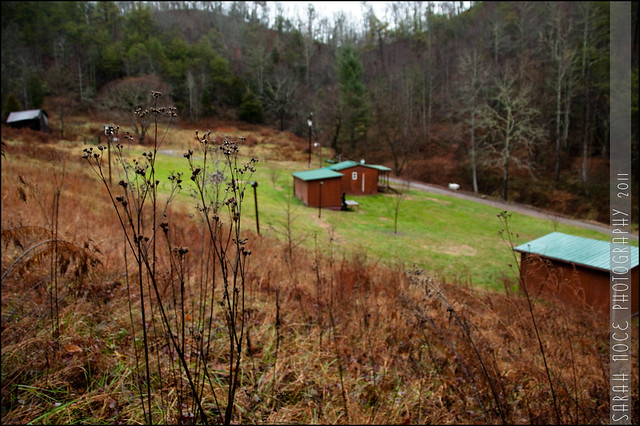 |
| Still with me? Awesome possum. |
Now granted, you could probably do a lot of these things in a better economic suburban or even urban setting, but being out the sticks has one huge advantage: people leave you alone (for the most part). Unless you're being an ass about something, no one cares what you do. They don't mind your ugly new DIY solar contraption (since they can't see it), your barking dogs (you're far enough away from them after all), the [insert farm animal here] that occasionally escapes their confines (since you'll probably share the bounty with them at slaughter time), a few gunshots here and there (venison anyone?), the occasional burn pile that may have questionable burnable items, or the pick up truck that finally bit the dust and has now become yard art. They might even get a chuckle out of your attempted homesteading projects and aspirations and decide to help you out when you can't figure out how to milk your new goats. But the bottom line is that I see the above attributes as essentially helping one to become financially and socially independent (to a certain degree), and that is a very important goal to Jay and myself.
We bought a property that spans an entire box canyon all the way up the mountain for a few reasons, two of which I've already mentioned: privacy and defensibility. I realize the latter sounds a bit paranoid, but I don't want to have to get another landowner's permission in order to be able to fend off zombies in the coming apocalypse. Kidding! sorta
Privacy is paramount as well. I want to be able to take a pee right there when I'm in the middle of a gardening chore, skinny dip in our to-be-dug-in-the-future pond, hoard supplies for future projects without worrying about neighborhood aesthetics (in a tidy and organized manner of course), and have a place to bury the bodies. Kidding again! yes, I really am this time
All this is a really long-winded way of saying that we know we're weirdos and have strange aspirations that might not jive with societal expectations, but there is a rhyme and reason to our thinking, and I hope that maybe others out there can be inspired to think a little differently when it comes to determining what is important in life. This is all new to us, and I may read this post five years from now and chuckle at our naïveté, but hey, life is an adventure, and it would be pretty boring if everyone wanted to live in picture perfect neighborhoods, drive new cars, and spend eight hours working for someone else every day (which both of us do now, by the way).
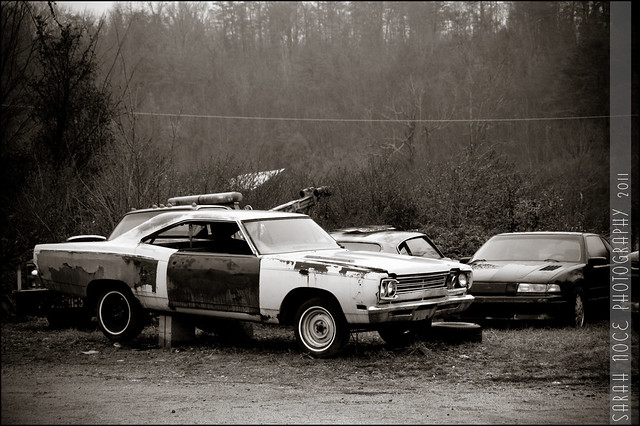 |
Mitsy thanks you for reading through to the end by rewarding you with an image of some yard art.
Junkyards can be hauntingly beautiful, you know! |




